How Rolex status symbols help fund new artists
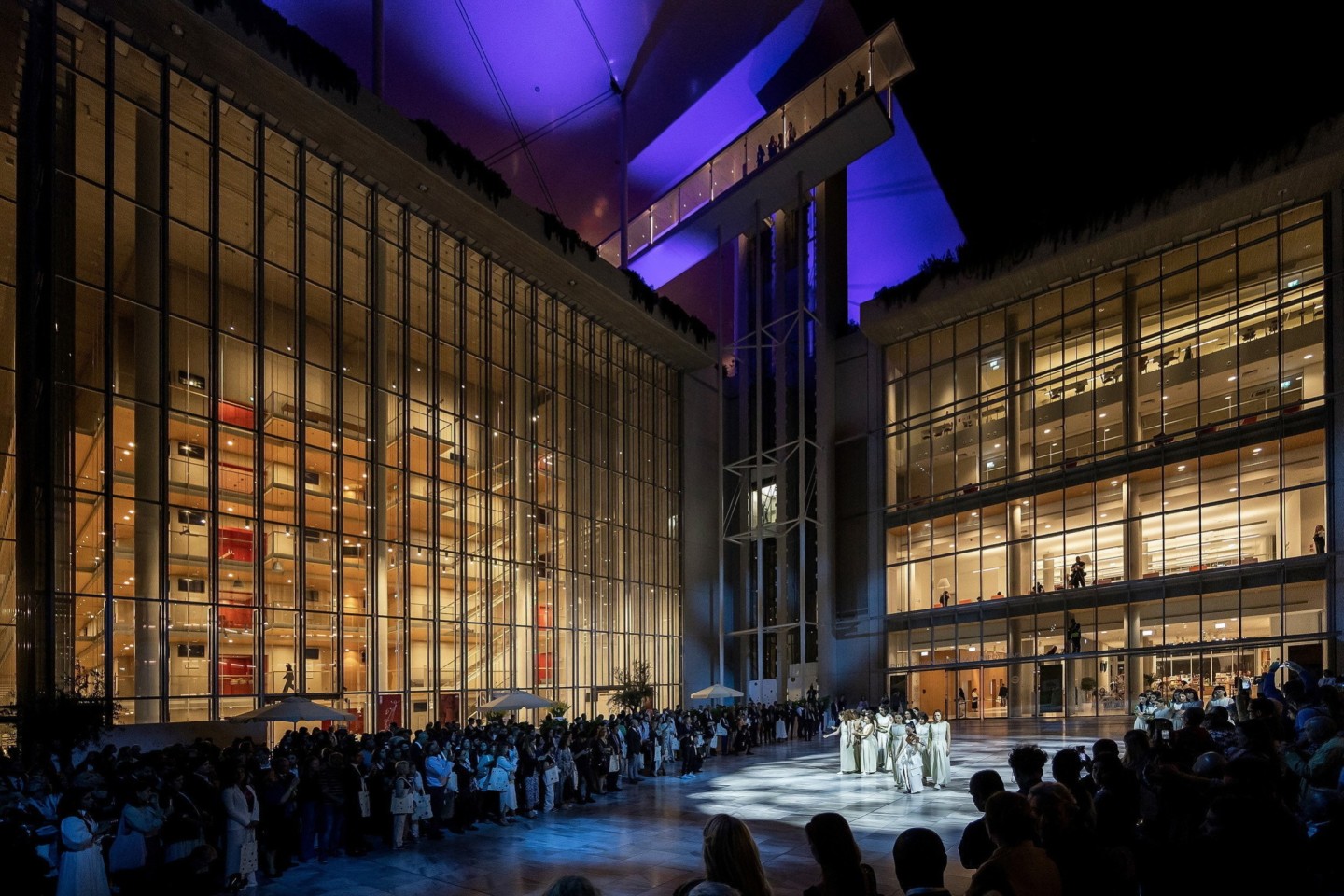
Roula Khalaf, Editor of the FT, selects her favourite stories in this weekly newsletter.
French advertising tycoon Jacques Séguéla’s assertion, in a 2009 television interview, that anyone who does not own a Rolex by the age of 50 is a failure, brashly underlined the brand’s reputation as a capitalist benchmark. But, while wearing a Rolex is one way of displaying personal wealth, many people are unaware that some of the money spent on buying one is funnelled into financing good works around the world.
Shortly before he died in 1960, childless Rolex founder Hans Wilsdorf signed-over full ownership of the company to the foundation he created 15 years earlier after the death of his wife. Under Swiss law, that defined it as a charitable trust with no obligation to report on its finances — but with the requirement that it should be a non-profit organisation that distributes money to good causes.
This set-up enables the structure of parent company Rolex SA to remain opaque, prompting constant speculation about everything from how many watches it makes each year (generally thought to be more than 1mn) to its annual turnover (estimated to have been more than $9bn in 2022). What is clear, however, is that a considerable amount of what comes in is used to make Rolex one of the luxury goods industry’s most prolific contributors to philanthropic causes.
Swiss group Richemont, for example, has established foundations to support nature and the arts, as well as humanitarian causes, to which it has donated more than SFr100mn ($111mn) through its Cartier Philanthropy initiative since 2012. French rival LVMH has supported culture and the arts for more than 25 years. Notably, it opened the Fondation Louis Vuitton exhibition space in Paris in 2014 and, four years ago with the Arnault family which controls the group, pledged €200mn towards the restoration of the city’s fire-ravaged Notre-Dame cathedral.
But it is difficult to match Rolex for the variety and spread of causes to which it donates. From financing rapid malaria testing in Africa to backing Cern (the European Organisation for Nuclear Research), and from aiding the fight against malnutrition in Tanzania to funding scientific research into the Indian Ocean’s deep coral reefs, its charitable web clings to many corners of the world.
Its Awards for Enterprise programme was launched in 1976 to mark the 50th anniversary of the waterproof Oyster watch case. At the same time, it recruited New Zealand-born opera star Dame Kiri Te Kanawa as its first artistic “testimonee”.
A few years prior to that, it had established its Perpetual Arts initiative to support everything from the visual arts to music, architecture, cinema and the theatre — a move that spawned an ambitious plan to match some of the most successful exponents in those fields with up-and-coming talent to create a global mentoring scheme.
The Rolex Mentor and Protégé arts programme was thus established in 2002, since when 1,350 people from 120 countries have been nominated for mentorships, with 63 artists from 41 countries being selected to date.
In late May, a festival was staged in Athens to mark the 20th anniversary of the first successful year of the programme, which originally featured five pairs of mentors and protégés, including British conductor Sir Colin Davis matched with Spain’s Josep Caballé Domenech and American theatre director Robert Wilson guiding Argentina’s Federico León.
The opening of the festival brought together more than 60 protégés of the past 20 years from seven art forms — and a star-studded line-up of many of the mentors who worked with them, including writer Colm Tóibín, architect Sir David Chipperfield and playwright, actor and director Robert Lepage.
Every two years, Rolex establishes a new advisory board to choose potential mentors before working with those who agree to take part in order to create a profile of the protégé they would like to take on. Nominating panels dedicated to each discipline identify suitable candidates. Shortlists of three or four per category are created, after which those chosen are introduced to the respective mentors, each of whom select their protégé for the next year.
Mentors, who are asked to interact for a minimum of six weeks during the mentoring period, receive around SFr100,000 for their trouble and get to choose a Rolex watch; protégés receive around SFr40,000, plus extra to cover expenses such as travel and materials.
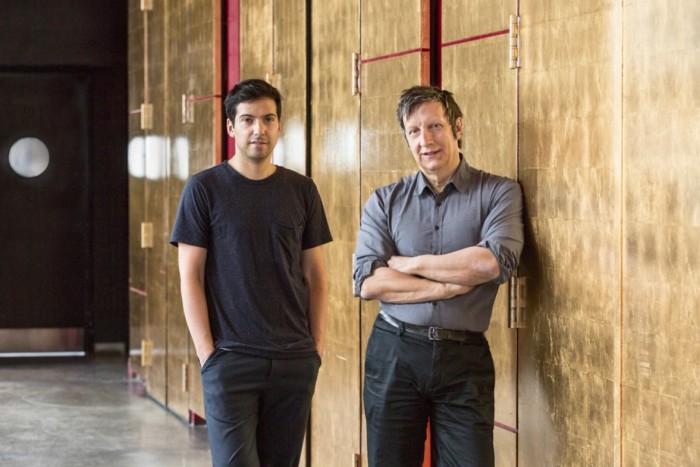
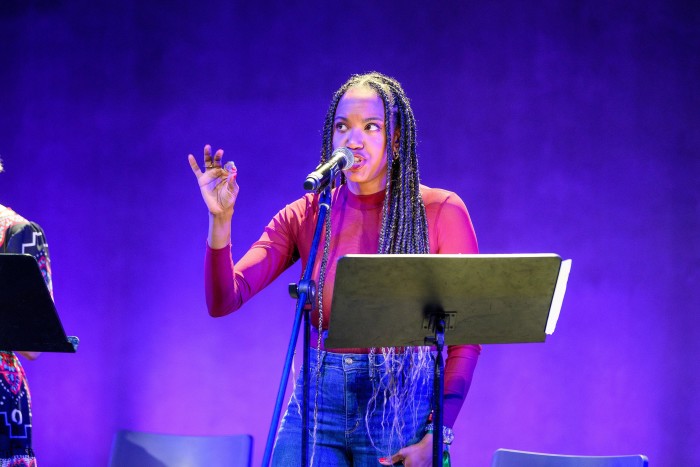
![Theatre fellow Sebastián Solórzano Rodríguez shares a live performance of his solo work [÷] v.0.8 : Boléro](https://www-ft-com.ezproxy.cul.columbia.edu/__origami/service/image/v2/images/raw/https%3A%2F%2Fd1e00ek4ebabms.cloudfront.net%2Fproduction%2F1d661483-735c-4922-b878-3a6e3ddbb8cb.jpg?source=next-article&fit=scale-down&quality=highest&width=700&dpr=1)
Speaking of his mentorship under Lepage, up-and-coming Argentine actor/artist Matías Umpierrez said that the experience had put his career “on a different level”, adding: “We actually worked together for more than a year in the end, and the opportunity to be guided by such a great actor not only taught me a huge amount, it dramatically pushed my career forward.”
Visitors to the Athens festival saw performances by past protégés, which ranged from a recital of her work Unpathed Waters, Undreamed Shores by American actress Whitney White (mentored between 2020 and 2022 by Phyllida Lloyd) to a screening of short works by film-makers Kyle Bell from the US, Israeli Tom Shoval and Josué Méndez from Peru. Among the more challenging shows was Mexican artist Sebastián Solórzano Rodríguez (a 2014-15 protégé) performing his work [÷] v.0.8 : Boléro, which involved him practising 15 minutes of amplified heavy breathing to Ravel’s musical composition.
Julie Taymor, the American theatre director famed for her Tony award-winning stage adaptation of The Lion King, describes the Rolex Mentor and Protégé initiative as “an extraordinary concept”.
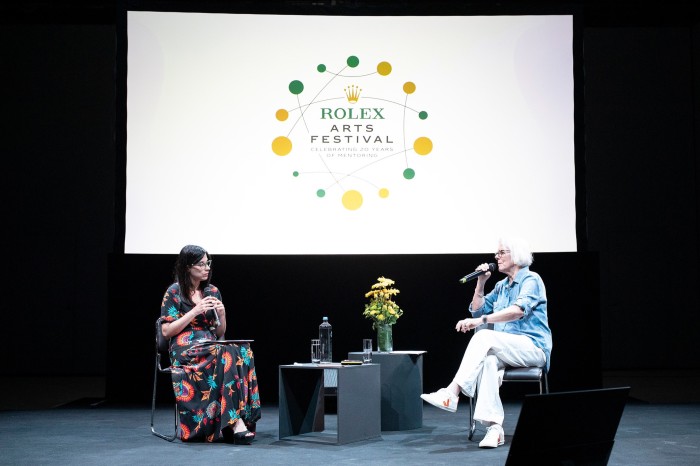
“I particularly like the fact that it is not about putting masses of numbers through a programme — the one-on-one aspect of it ensures a full focus on the individual and it exposes the vulnerability not just of the protégés, but of the mentors, too,” says Taymor. Her protégé, Britain’s Selina Cartmell, went on to become the director at the Gate Theatre in Dublin.
Over the next 20 years, however, a change is likely to take place in the aims of the Mentor and Protégé programme and the way it is executed. As well as using the Athens event to announce the retirement of Rebecca Irvin — who has headed the initiative since its inception — Rolex chief executive Jean-Frédéric Dufour voiced his belief that it should be adapted to better suit the modern age. In the traditional Rolex spirit of gentle but effective progress, how that will happen will be revealed “all in good time”.
Cultural cachet brings a luxury moment
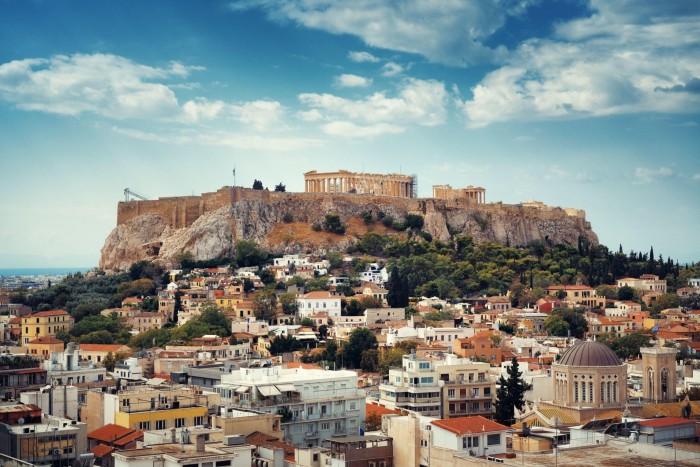
After Athens hosted the Rolex Arts Festival, Louis Vuitton also came to town. It had selected the Greek capital as the launch pad for Deep Time, its fifth high jewellery collection, which had set itself the not unambitious goal of “spanning the birth of the planet to the creation of life” through a collection exploring “geology and life”, writes Nick Foulkes
Referring to the country’s status as the cradle of western civilisation, LV’s artistic director for jewellery, Francesca Amfitheatrof, said Greece was the only location capable of expressing what she had in mind. “I feel that, if we’re going go back into deep time, that’s the furthest we could go . . . without taking people inside the middle of a volcano.”
Instead of a volcano, she chose the Odeon of Herodes Atticus — an open-air theatre near the Acropolis, dating from the second century AD. “We started to think about doing a performance by the Acropolis and the whole thing grew and grew because we worked with this amazing choreographer, Dimitris Papaioannou, who did the opening of the [2004] Athens Olympics.” The result was an astonishingly dramatic presentation of the jewels, for which the audience occupied the stage and dancers approached down the centuries-old seats carved into the rock.
Papaioannou was also among the many speakers and performers at the Rolex Arts Festival. For Rebecca Irvin, outgoing head of the mentoring programme at Rolex, the abundance of local talent with whom to work was hugely attractive. “It’s becoming known as a cultural capital,” she says. “Athens is the next Berlin — a lot of young people are going there to set up studios. Our timing is actually quite good and not that many big international arts events happen in Athens. So, we knew we would have a receptive audience.”
As well as a receptiveness on the part of the public, Irvin found the local networks of arts professionals supportive. “We got so many Greek artists involved,” she says. “The professionals in Greece working in the arts are just absolutely first class.”
The same could also be said for the venues. Rolex worked with eight, including the recently renovated Athens Conservatoire, the Benaki Museum — for the architecture and cinema elements of the programme — with the gala ceremony, performances and dinner taking place at the sprawling campus of the Renzo Piano-designed Stavros Niarchos Foundation Cultural Center.
Given the nature of the Rolex programme, links with classical antiquity make it a particularly suitable venue. “It’s also the origin of the concept of mentorship,” says Irvin. “In ‘The Odyssey’, when he departed for the Trojan war, Odysseus asked his friend Mentor to look after his son Telemachus.”
But, at the same time, both Irvin and Amfitheatrof found the city held the attraction of novelty. “Some of our international guests had never been to Athens,” said Irvin.
Comments